From an experimental plant...
Just a few years ago, land in Na Sang was mainly used to grow corn and cassava - traditional crops that required a lot of care, had low productivity and often suffered from "good harvests but low prices". People's lives were therefore stuck in a vicious circle of poverty. "People worked on the fields all year round, but when the harvest came, they only got a few bags of corn. Sometimes the crop failed due to drought, sometimes it was damaged by pests and diseases. Poverty was persistent and there was no escape," recalled Quang Van Viet (Na Sang village).
In 2015, the Queen pineapple variety was brought back for trial planting on an area of 50 hectares. Thanks to the sunny climate and well-drained soil, pineapple plants grow quickly, have few pests and diseases, and do not require complicated care techniques. In the first crop, the yield reached 160-180 quintals/ha, exceeding expectations. With a selling price of 3,000-4,000 VND/kg, pineapple plants have brought in significant income for household participation in the model.
However, the journey for pineapple plants to take root in Na Sang land was not easy. In the early days of implementation, many households were hesitant because the initial investment cost was quite large. On average, each seeddling costs from 500-700 VND, while 1,000m2 of land needs about 5,000 plants. In addition, there is the cost of fertilizer, at least 10 bags for two times of basal and top dressing, not to mention the cost of land preparation and care.
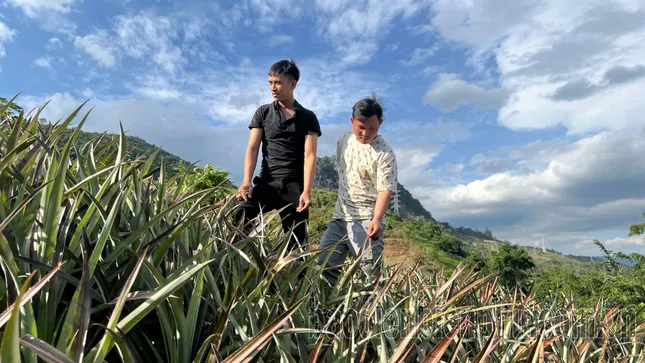 |
People in Na Sang are enjoying a new life thanks to the golden pineapples on the difficult land. |
The financial burden has made many households, even though they want to convert, still do not dare to start. Faced with such difficulties, the Na Sang commune government has coordinated with the Social Policy Bank to support people with preferential loans, low interest rates, and suitable terms, helping people boldly invest in seedlings, fertilizers, and realize the model.
Not only lacking capital, people are also confused about farming techniques. In the early stages, most of them had to learn on their own, leading to many cases of incorrect care, causing burnt leaves, rotten roots, and reduced productivity. To overcome this, the commune coordinates with the district's Department of Agriculture to organize many technical training courses: from fertilization, weed control to pest control. Gradually, people grasped the production process and applied it effectively in practice.
...to a raw material area
Up to now, the whole Na Sang commune has about 285 hectares of pineapple, with an average yield of 18 tons/ha. According to Mr. Nguyen Van Thanh - Vice Chairman of the People's Committee of Na Sang commune, pineapple has become the main crop of the locality. "Pineapple not only contributes to increasing income but also creates a clear change in the economic thinking of the people. Previously, growing corn each crop was just enough to eat, now growing pineapple can bring high economic efficiency, helping people improve their lives," said Mr. Bar.
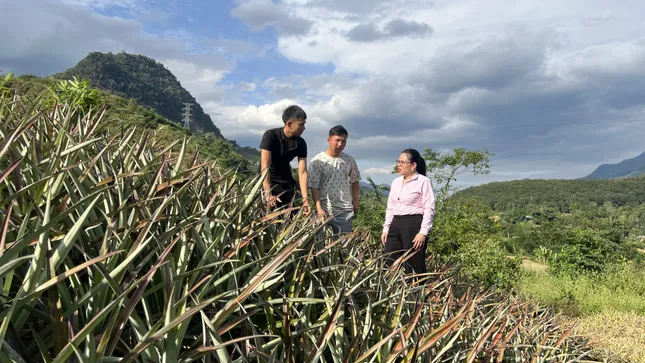 |
At first, people in Na Sang received loan support from the Social Policy Bank. |
Not stopping at production, Na Sang is gradually moving towards sustainable development. People are involved in care techniques according to safe processes. At the same time, the commune government supports connecting product consumption through e-commerce platforms, bringing the Na Sang pineapple brand closer to the market.
Mr. Quang Van Viet (Na Sang village) shared: "Pineapples have helped many household items in the village escape poverty and have a more stable life. In addition to farming, people also combine livestock farming, creating a diverse source of income. In particular, after each crop season, many families have propagated their own pineapples, significantly reducing input costs."
Towards clean production and sustainable development
Not stopping at the current 285 hectares, Na Sang commune is building a roadmap to develop the pineapple material area to reach 350-400 hectares by 2030, focusing on areas with average altitude, suitable for farming conditions such as the land in Na Sang and Sa Long communes (old).
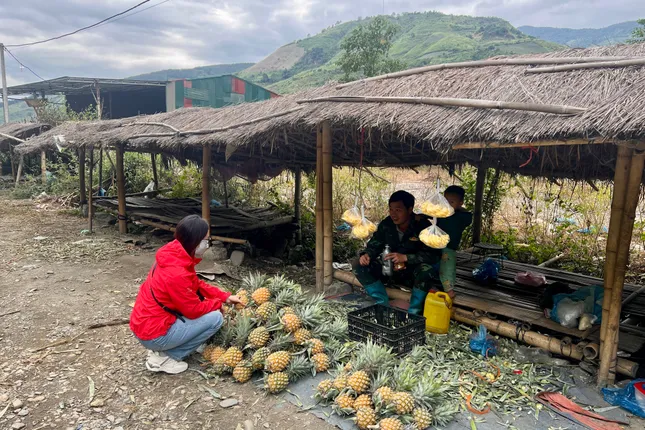 |
In addition to wholesale, many people also sell pineapples retail on Highway 12. |
In 2018, Na Sang pineapple was certified to meet VietGAP standards, ensuring quality and safety for consumers. By 2020, the product continued to be recognized as a 3-star OCOP product, along with that, Na Sang Cooperative signed consumption contracts with large enterprises such as Tan Phat Company ( Nam Dinh ), Asia Enterprise (Lao Cai), and Dong Giao Company (Ninh Binh). These contracts not only open up a large market but also help people feel secure in production. In addition to supplying to purchasing companies, people also bring pineapples to sell on major roads, each pineapple will cost from 7,000 - 20,000 VND.
The effectiveness of the pineapple growing model in Na Sang has been confirmed not only by the numbers of area or output, but also by the changes in the lives of each household.
Dozens of households in the commune's villages have escaped poverty. Children are able to attend school more regularly. Many households have been able to renovate their houses and buy more means of production and living. Pineapple is not only a crop that helps people “fill their stomachs”, but is gradually becoming a symbol of change, of faith and aspiration to rise from difficult lands.
Source: https://tienphong.vn/xa-vung-dang-cao-vuon-minh-thoat-ngheo-tu-cay-dua-post1757542.tpo



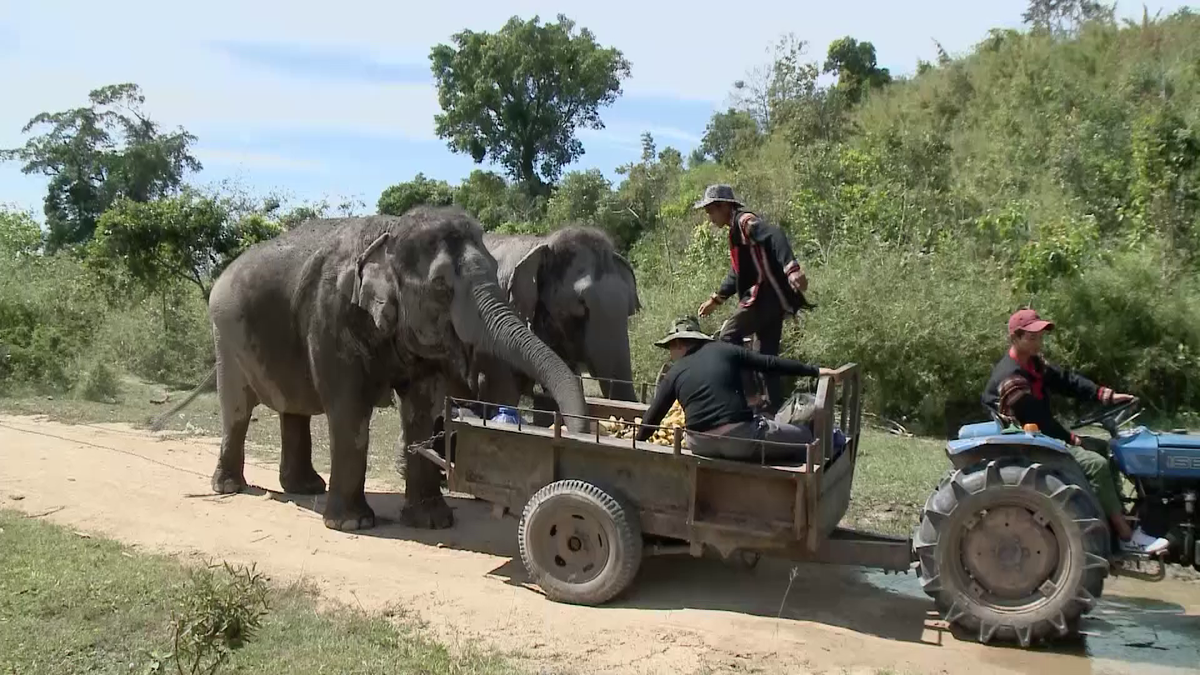






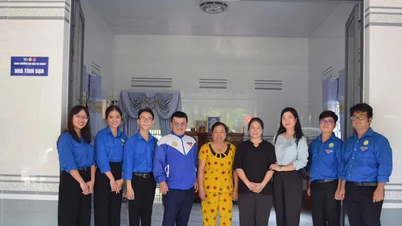


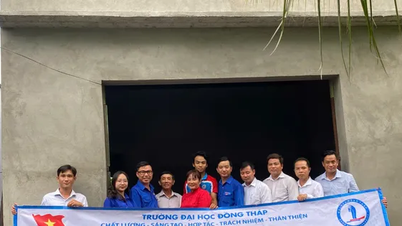
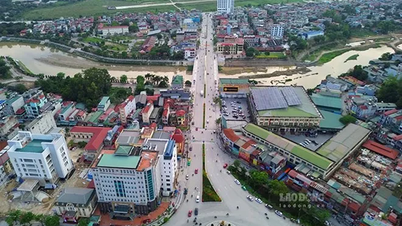


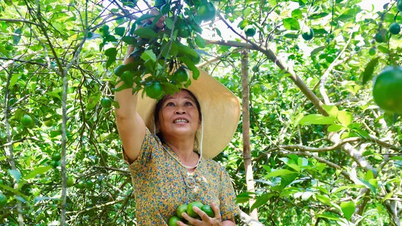
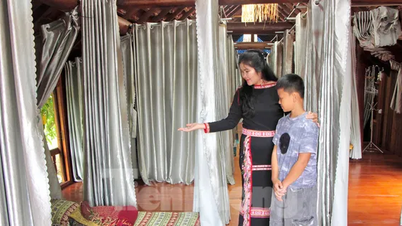


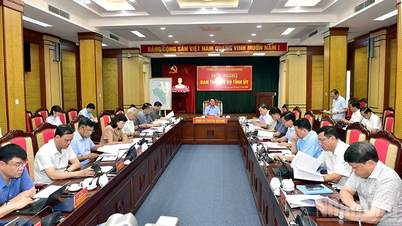
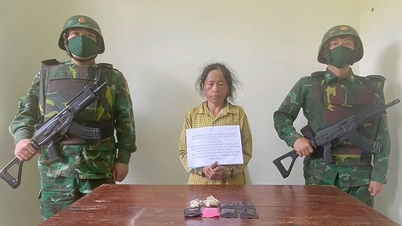
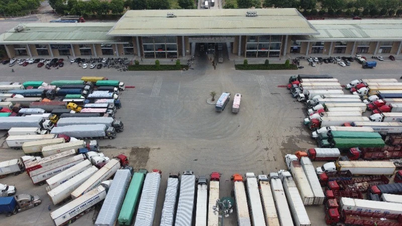





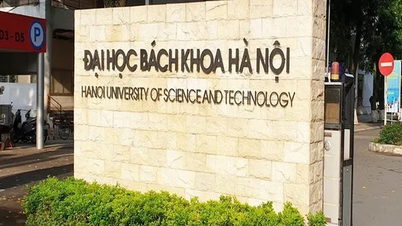













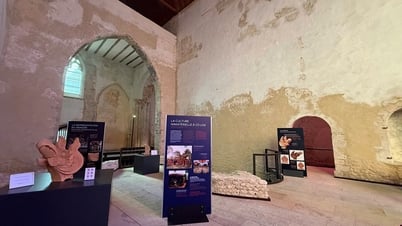









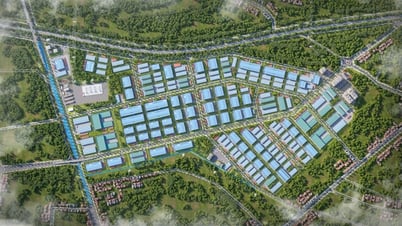



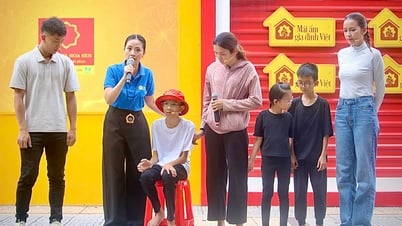



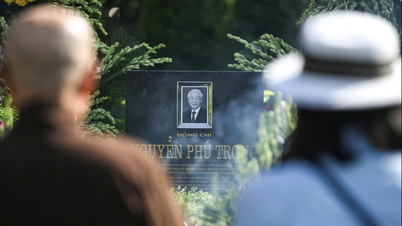
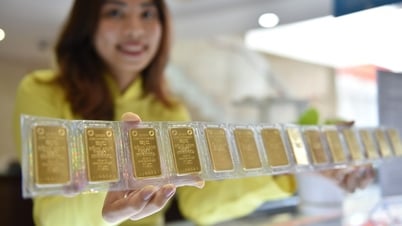






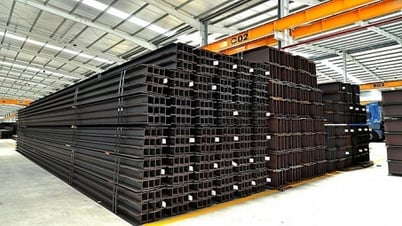







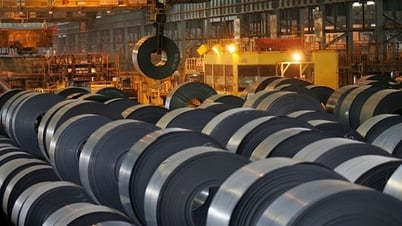
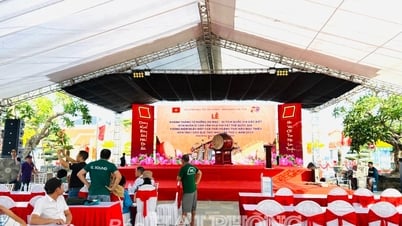







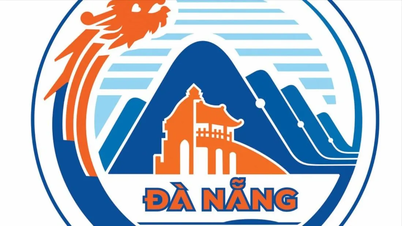
















Comment (0)